Over the years, drives have established themselves as a wonderful phenomenon that has revved up motors in variegated machines which are of pristine importance in the industrial sector. Almost all industrial applications are dependent on motors to power them. Since electricity is a scarce resource that must be used judiciously, drives attain the center-stage when it comes to managing the discharge of the right amount of electricity into motors.
Let us delve into the basic difference between motors and drives. A motor is an electrical or mechanical apparatus that generates a linear or rotational force to propel a machine. A drive on the other hand is an electronic device that harnesses and controls the electrical energy sent to the motor.
Essentially, there are two types of drives- an AC inverter drive, or variable frequency drive which controls torque and speed only; and a servo drive that controls not only speed and torque but positions machine components employed in applications that require complex motions. Here is a lowdown on some reasons that substantiate the role played by motor drives.
Benefits galore of drives:
Splendid and Simple Construction:
AC inverter drives are endowed with a streamlined and robust mechanical construction. They comprise of no-frills attached brushes that aren’t notorious for requiring 24X7 maintenance and are also bereft of noise laden commutators.
Come up trumps in testing times
AC drives offer “wet rotor” configuration in pumps, thereby conveniently allaying the need of a seal between the rotor and the pump impeller. So much so, they also help alleviate maintenance costs and increase pump reliability. AC drives proffer a simple switching between different modes of operations in the form of dynamic braking, regenerative braking, and driving, which are pivotal in traction systems.
Feedback Mechanism:
Servo drives have a well-established motor feedback system in place. They make sure the accuracy of the motion and help in detecting unwanted movement. Moreover, servo drives have a longer lifespan than AC inverter drives. They perform the function of blocking off the electricity generated from the motor.
Overload Protection:
AC inverter drives, offer motor overload protection in addition to speeding up profiles to help reduce starting currents. Not to mention, their uncanny characteristic of driving permanent magnet synchronous motors (PMSM) that boast of a higher power density and superior efficacy.
Balanced Torque Limit:
One of the most crucial aspects of using an AC Drive is to protect the machinery from unwanted damage. It also helps in safeguarding the product or process. These drives allow the amount of torque to be applied by the motor to the load to be controlled precisely. Adjustable AC drives can also be configured to limit the amount of torque. This is done so that an AC motor never outstrips this limit.
Regulated Acceleration:
Adjustable Speed AC Drive has the ability to accelerate smoothly on a customer-adjustable ramp after kicking-off at zero speed. Some industrial applications, such as bottling lines must be started empty. They cannot be started with motors across the line i.e when the product is on the bottling line. In such cases, regulated acceleration comes to the rescue by circumventing breakage.
Planning to buy some quality drives? Some noteworthy drive brands include Schneider, Siemens, Crompton, etc al.
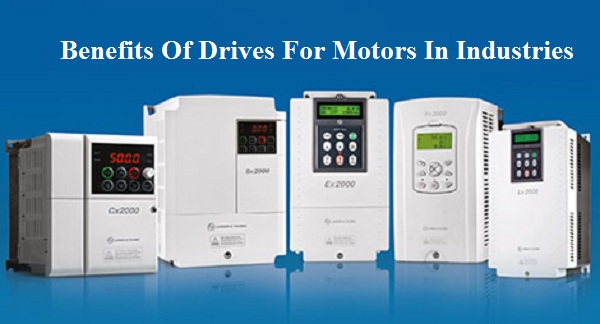

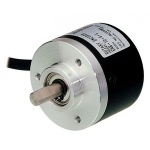
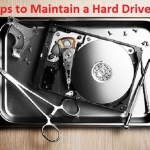
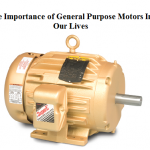
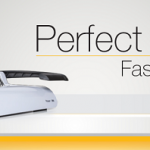

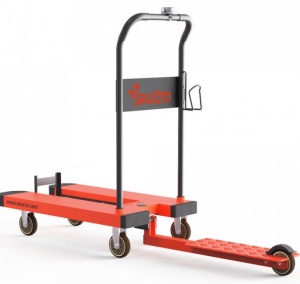
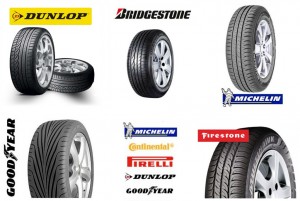
Average Rating